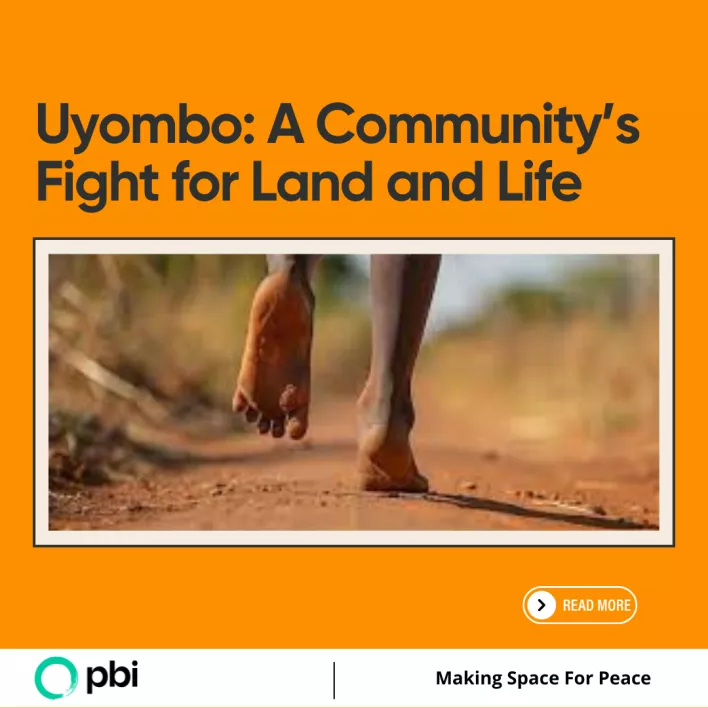Peace Brigades International — Our GLOBAL STRATEGIC PLAN 2025-2030 IS HERE!
This week, we’re celebrating a new chapter in Peace Brigades International’s journey.
We are proud to announce the launch of our new global strategic plan: Defending the Future (2025–2030) — a vision rooted in solidarity, courage, and the belief that peace is only possible when human rights are protected.

